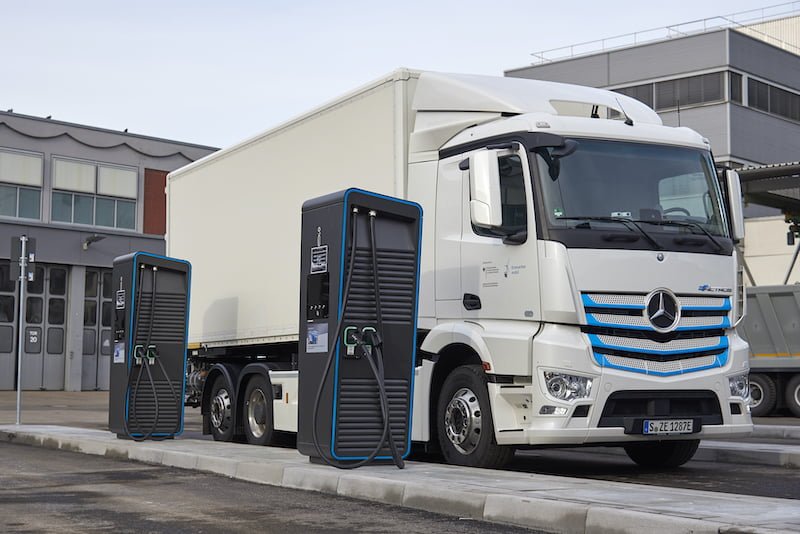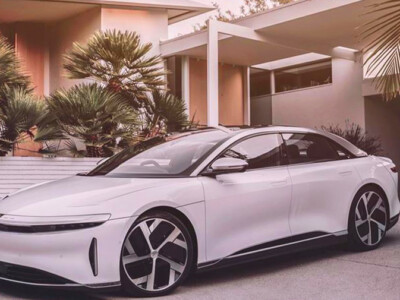
Electric bus and truck technologies have been expanding over the last decade; however, 2021 seems to be the year when the world begins to catch up, with sales of thousands of electric buses and trucks set to have a significant impact on the electric power sector.
The steady growth of electric passenger vehicles and electric vehicles (EVs) has triggered significant investments in battery and charging technologies, allowing electric vehicles to enter the heavy-duty vehicle markets.
Transit fleets worldwide are on a path towards electrification, and other fleets of heavy-duty vehicles providing urban services, such as waste, are not far behind. Package delivery fleets are also embracing this trend, as evidenced by the massive orders announced by Amazon, UPS, and FedEx.
Even DHL’s StreetScooter operation, once thought to be abandoned, may have new life. Meanwhile, suppliers like Paccar, Volvo Trucks, Daimler, and Tesla, among others, are deploying rigid trucks and heavy-duty tractors in North America and Europe.
Governments and corporations driving the transformation
The push follows the growing pressure on the supply and demand for zero-emission solutions. The supply is being pressured by government regulations, accelerating as demonstrated, for example, by California’s plans to implement a zero-emission mandate by 2024.
Demand is supported by government purchase subsidies and corporate adoption of climate action plans promising to make fleet emission characteristics a critical criterion.
Growth in spending on electric power in the future
The power that these technologies are capable of delivering and what heavy-duty electrification will demand is likely to require upgrades to grid capacity. In the end, the deployment of fast-charging sites may produce peak capacity demands that could take years and significant investment demands on utility companies to plan and build.
Such investments include generation, storage, and energy management technologies that can reduce the size of the grid capacity upgrade, enhance energy reliability, and keep electricity costs low, or at least predictable.
As grids evolve to incorporate generation and storage assets on the customer side of the meter into grid management services, these assets could also generate revenue, offsetting net costs.
The demand for charging equipment, grid capacity upgrades, and behind-the-meter energy assets will be high. Guidehouse Insights estimates that infrastructure investments in charging currently represent around 10% of total investments in heavy-duty vehicle electrification, but by 2030, these investments are likely to represent more than 40%.







